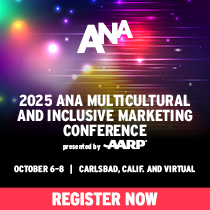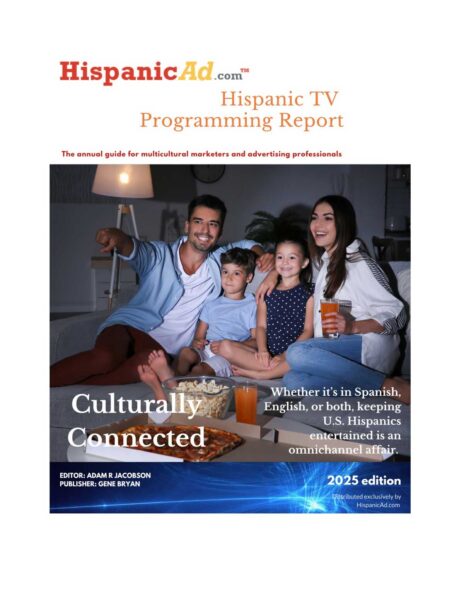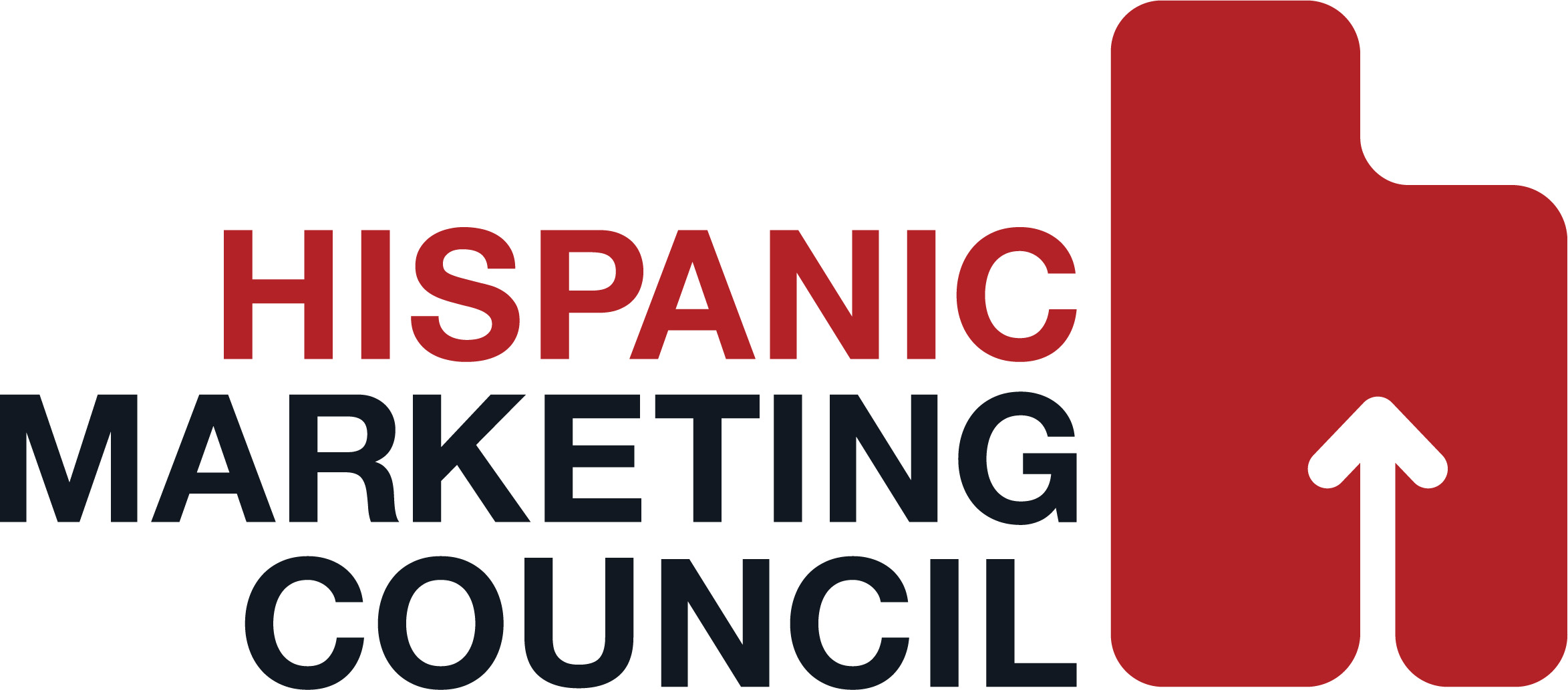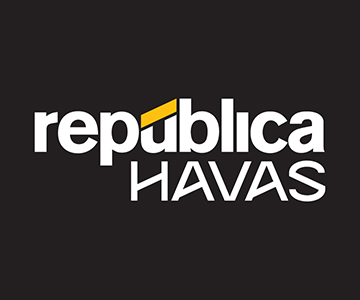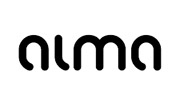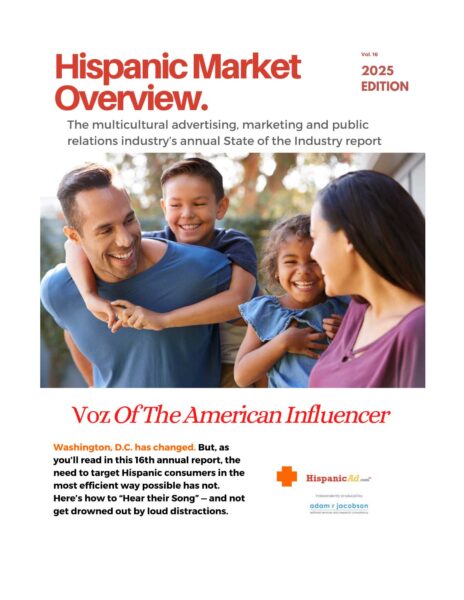Language of the Heart: Code-Switching as Culture, Strategy, and Belonging
June 26, 2025

By Alexa Ramos – B.A. in Literature, Media, and Culture Florida State University, Class of 2024 – M.S. in Applied American Politics and Policy Florida State University, Class of 2025
The Hispanic population within the US is currently the largest minority population in the country, growing rapidly both in size and in customs; as a Hispanic community has largely taken root in the US, there is also a culture that is woven in the overlapping of identities and the shared experiences through generational gaps and acculturation. Code-switching is a common practice among hispanics, bilinguals, particularly in the US, that can often reflect comfort, in-group identity, or context sensitivity (Korzenny, 2025). Code-switching refers to the fluid alternation between two languages, and while differs from Spanglish, a cultural and linguistic development which combines elements from two languages into one, both are relevant in the importance they play to bilinguals and Hispanic identities, as well as the role as a tool they play for marketers (Dumitrescu, 2014). As the Hispanic consumer market grows, through its economic power, size, and influence, it is pivotal that marketers understand how language and its uses reflect and shape Hispanic identity and behavior. The recognition of code-switching allows for markers to tap into new and specific audiences with intention and authenticity in designing culturally relevant and effective campaigns.
Language practices like code-switching, bilingualism, and Spanglish are completely intertwined with personal and collective identity among U.S. Hispanics; oftentimes, these linguistic practices are signals of belonging, adaptation, community building. While it was previously believed that younger generation, specifically Generation Z Hispanics were more or less monolithic speakers who favour English, research shows that Spanglish is one of the most used language variants among these Hispanics; this largely relates, yes, to comfort and accessibility, but it also has largely to do with younger Hispanics using language as a means to express their own cultural identity and ethnic pride to others (Beniflah & Estacolchic, 2023). These linguistic choices are not random, but context-dependent and often signal belonging, resistance, or adaptation. Language carries emotional resonance and cultural intimacy that transcends transactional communications; many Hispanic consumers express that Spanish is the “language of the heart,” while English is often tied to professionalism or public identity (Quintana & Nichols, 2016). In the case of younger generation Hispanics, where they feel the blending of culture may lack tradition and history of their mother countries, language is a method of reconnecting with one’s family, background, and community. This duality affects consumption patterns: Spanish messaging may generate stronger emotional connections, while English may signal prestige or mainstream inclusion
A clear, and by some considered ‘radical’, example of code-switching is seen in the many works by Junot Diaz, particularly seen in his work, The Wondrous Life of Oscar Wao. In a 2004 interview, Diaz claims that he allows Spanish to exist in his works without italics or quotation marks as an intentional and political move, in order to remind audiences that Spanish is not a secondary or minority language; indeed, Spanish and code-switching are prominent among Hispanics and many general communities in the US, hence why Diaz refuses to ‘other’ it, or de-normalize it (Casielles-Suarez, 2013). My first time reading a work by Junot Diaz was his short story, “Fiesta, 1980”; upon first impression, I remember being astounded by his usage of language. As he utilizes both English and Spanish, Diaz is expertly able to navigate between the two, and at times, intertwine them in a manner that emulates the reality of language. Spanglish and code-switching, often misunderstood or misrepresented, here in his works, are contextualized, intentional, and most of all, natural. From the perspective of a reader, the ability to do so is thoughtful and thought-proving, and above all, moving.
It is important for advertisers to be knowledgeable on the meaning and usage of code-switching and language, not as a simple creative decision, but as a strategic tool used in appealing to audiences. Language preference informs how Hispanic consumers consume media, which platforms they engage with, and how they interpret brand messages. Language preferences among U.S. Hispanics are highly segmented by acculturation level, generation, geography, and context (Quintana & Nichols, 2016). For instance, first-generation immigrants may prefer Spanish-language television, radio, or print, while younger, U.S.-born Latinos might be more responsive to English-dominant digital media that reflect their bicultural experience. This insight forms the basis of successful multicultural marketing, where language preferences must drive decisions about where, how, and in what tone a message is delivered. These preferences shape several aspects of campaign execution, like channel selection and message tone depending on whether audiences lean more towards English or Spanish, or whether they are more traditional or have dual-identities, but, above all, creative strategy is influenced most by language preference. Campaigns absolutely must reflect linguistic authenticity in order to resonate with audiences while avoiding coming off as inauthentic. Rather than a one-size-fits-all approach, effective Hispanic marketing requires cultural segmentation. Language should not be viewed as a binary, but rather, as a spectrum where bilingualism and cultural identity intersect. The best practices for balancing language in Hispanic-targeted campaigns begin with segmented messaging based on acculturation level (Luna, David, & Peracchio, 2005). Spanish-first campaigns are often most effective for recent immigrants or older, Spanish-dominant audiences, while bilingual or code-switched content better resonates with bicultural millennials and Gen Z. For highly acculturated Latinos who primarily consume media in English, marketers should still include subtle Hispanic cultural cues to maintain relevance.
As stated, effective language strategy in Hispanic marketing requires more than targeting by ethnicity alone; it really is imperative that brands segment by acculturation level, using data to identify whether consumers are Spanish-dominant, English-dominant, or bilingual, and tailor messaging to fit each group’s preferences. Although, in general it is important for marketers to be aware that research suggests that code-switching in advertisements could be culturally relevant and appropriate for reaching a majority of the Hispanic market (Quintana & Nichols, 2016). There is much evidence to suggest that marketing containing code-switching activates attitudes and associations related to the languages, which means it is important to correctly utilize language to associate positive ideas with the product (Luna, David & Peracchio, 2005). It’s also important to use code-switching authentically, reflecting how real people speak rather than relying on forced or tokenized Spanglish. This means hiring bilingual writers or cultural consultants who understand the nuances of syntax, slang, and tone, in order to emulate the reality of language and reduce the risk of making a mockery of it. Marketers should match tone and language to context: emotional appeals often resonate more deeply in Spanish, while aspirational or instructional messages may be more effective in English or bilingual formats (Beniflah & Estacolchic, 2023). Marketers must also respect regional and generational variations, recognizing that a Puerto Rican in New York, a Mexican in California, and a Cuban in Florida may all speak Spanish, but with different dialects, slang, and cultural references. Age and generational divisions are also important to consider; while younger audiences might respond better to casual or playful language, older generations may prefer more formal Spanish. Brands should invest in bilingual media and creators, collaborating with influencers and platforms that naturally blend languages to build trust and demonstrate cultural authenticity.
Code-switching and Spanglish are reflections of bicultural identity and can offer a great tool to be utilized in Hispanic marketing communication. This is to say it is important for marketers to familiarize themselves with the usage and rules of these linguistic habits, as well as understand the differences between different Hispanic subsections and their respective language preferences. By understanding the emotional, social, and behavioral layers embedded in language use, brands can create messaging that resonates deeply and authentically with diverse Hispanic audiences. In a time where multicultural consumers drive growth, mastering the nuances of language, especially bilingualism and code-switching, is not optional, but essential for marketers seeking cultural relevance.
Works Cited
- Beniflah, and Julia Estacolchic. “Why Is Spanglish More Popular Than Spanish And English Among US Hispanics? A Communication Accommodation Theory Perspective.” Journal Of Cultural Marketing Strategy, Vol. 7, No. 2, 2023, Pp. 160–73, Https://Doi.org/10.69554/WEBS5377.
- Casielles-Suárez, Eugenia. “Radical Code-Switching In The Brief Wondrous Life Of Oscar Wao.” Bulletin Of Hispanic Studies (Liverpool : Liverpool University Press : 1996), Vol. 90, No. 4, 2013, Pp. 475–87, Https://Doi.org/10.3828/Bhs.2013.30.
- Dumitrescu, Domnita. “La Alternancia de Lenguas Como Actividad de Imagen En El Discurso Hispanounidense / Code-Switching as Face-Work in the Discourse of the US Hispanics.” Pragmática Sociocultural, vol. 2, no. 1, 2014, pp. 1–34, https://doi.org/10.1515//soprag-2013-0023.
- Garcia Quintana, and Cynthia A. Nichols. “Code Switching And The Hispanic Consumer: The Effects Of Acculturation On The Language Of Advertising Among Hispanics.” Hispanic Journal Of Behavioral Sciences, Vol. 38, No. 2, 2016, Pp. 222–42, Https://Doi.org/10.1177/0739986316631948.
- Korzenny, Felipe, Et Al. “Hispanic Marketing : The Evolution Of The Latino Consumer. Fourth Edition.”, Routledge, 2025, Https://Doi.org/10.4324/9781003230755.
- Luna, David, And Laura A. Peracchio. “SOCIOLINGUISTIC EFFECTS ON CODE-SWITCHED ADS TARGETING BILINGUAL CONSUMERS.” Journal Of Advertising, Vol. 34, No. 2, 2005, Pp. 43–56, Https://Doi.org/10.1080/00913367.2005.10639196.











